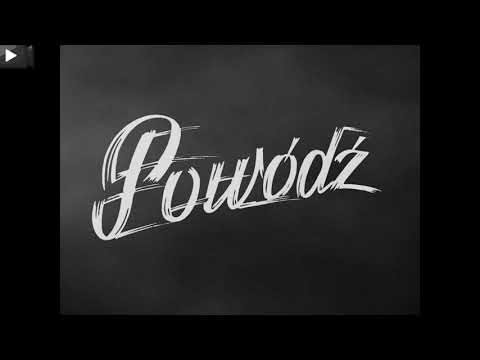We are at the mercy of nature. Given the advent of global climate change, it’s no surprise that this has become a prevalent theme in today’s cinema. The most interesting nonfiction films about humanity’s fight with the environment have been the most visceral, like Peter Mettler’s Petropolis and Jennifer Baichwal’s Watermark. In these, and their other fi…
Keep reading with a 7-day free trial
Subscribe to Nonfics to keep reading this post and get 7 days of free access to the full post archives.


